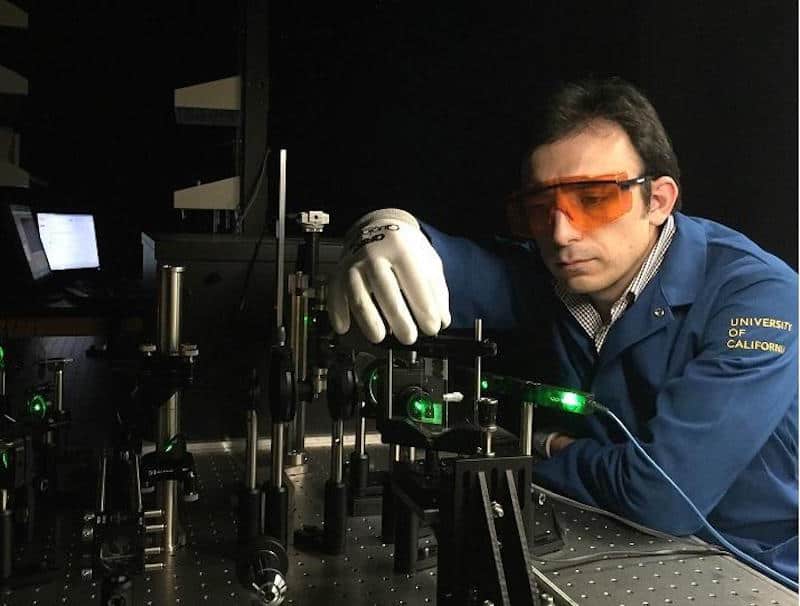Scientists develop new method of dissipating heat in electronics
Scientist have devised a new method to dissipate heat in electronic devices, an advance that could lead to smaller and faster computer chips, high-performance solar panels, and better lasers.

The international team led by a researcher at the University of California, Riverside has modified the energy spectrum of acoustic phonons - elemental excitations that spread heat through crystalline materials like a wave - by confining them to nanometre-scale semiconductor structures. According to UC Riverside, the results have important implications in the thermal management of electronic devices.
Led by Alexander Balandin, Distinguished Professor of Electrical and Computing Engineering and UC Presidential Chair Professor in UCR's Bourns College of Engineering, the research is described in Nature Communications.
The team is said to have used semiconductor nanowires from Gallium Arsenide (GaAs), synthesised by researchers in Finland, and an imaging technique called Brillouin-Mandelstam light scattering spectroscopy (BMS) to study the movement of phonons through the crystalline nanostructures.
By changing the size and the shape of the GaAs nanostructures, the researchers were able to alter the energy spectrum, or dispersion, of acoustic phonons. The BMS instrument used for this study was built at UCR's Phonon Optimized Engineered Materials (POEM) Center, which is directed by Balandin.
Register now to continue reading
Thanks for visiting The Engineer. You’ve now reached your monthly limit of news stories. Register for free to unlock unlimited access to all of our news coverage, as well as premium content including opinion, in-depth features and special reports.
Benefits of registering
-
In-depth insights and coverage of key emerging trends
-
Unrestricted access to special reports throughout the year
-
Daily technology news delivered straight to your inbox










UK Enters ‘Golden Age of Nuclear’
The delay (nearly 8 years) in getting approval for the Rolls-Royce SMR is most worrying. Signifies a torpid and expensive system that is quite onerous...